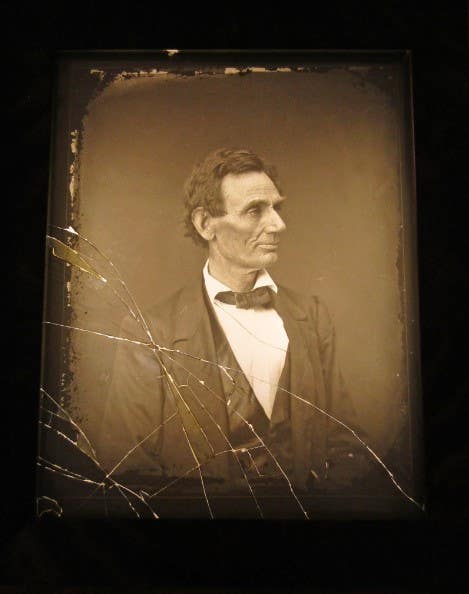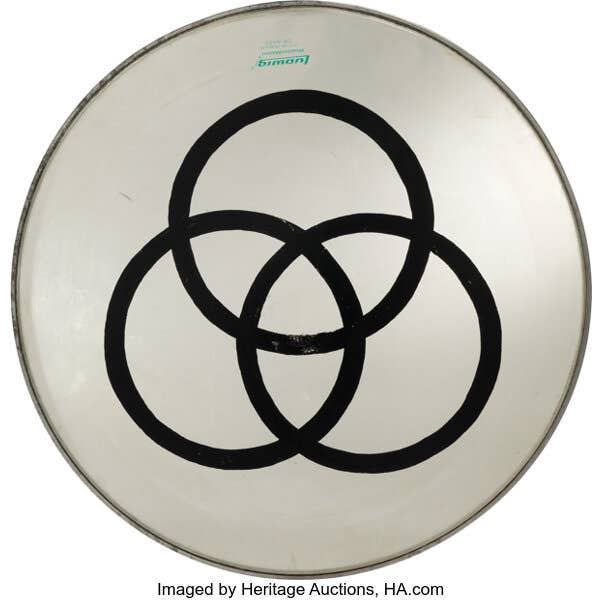How you can use hand baskets to bump up sales
A practical and planned approach to placement of shopping hand baskets can make the difference between successful connection with customers, advises Wayne Jordan in this column.
I admit: I did it wrong. I thought I was being an effective merchandiser, when in fact I was just doing what everyone else did. I didn’t realize that they were doing it wrong, too.
Practical Basket Planning
I was certain that providing my in-store and estate-sale shoppers with hand baskets was a great idea. A basket would enable shoppers to carry more and, hopefully, buy more. In a store setting, customers could stroll through the aisles in a leisurely fashion, basket in-hand. At an estate sale, having a hand basket would enable shoppers to move through an estate at a quick pace, snapping-up trinkets before anyone else could get them.
But it didn’t work that way. Estate sale customers blew right past the big stack of blue plastic baskets I had carefully placed next to the door. My retail customers, too, walked right past my baskets.
To be sure, the idea that shoppers buy more when they have baskets is well documented. Paco Underhill, founder and CEO of the retail consulting firm Envirosell and author of the bestselling book “Why We Buy: the Science of Shopping” says:
We’ve made a direct link over the years between the percentage of shoppers using a basket or a cart and the size of the average transaction. Want people to spend more money? Make sure more of them are using a shopping aid of some kind.
Convenient or Cumbersome?
Underhill’s conclusion was arrived at simply enough. Time and again, his videotapes showed shoppers entering a store carrying something in one hand: a purse, briefcase, coat, or whatever, leaving just one hand to pick up and inspect items. Once they decided on a purchase, many shoppers would head for the checkout counter, because their hands were full, and they couldn’t carry any more. Whenever an attentive employee would hand them a basket, though, most customers would continue to shop, placing items in the basket.
Though my theory was correct (shoppers with baskets buy more), my execution was poor. I had the baskets in the wrong place. Like grocery stores, I put my baskets next to the door, so shoppers could snag one when they first came in. According to Underhill, that’s exactly the wrong place to put a stack of baskets. Here’s why:
When a customer enters your store, they are momentarily disoriented. They need a few moments for their eyes to adjust to the lighting; they slow down as they transition from being outside to being inside. Their eyes focus ahead, scanning the store to take in its layout. Consequently, anything that’s in the transition zone (roughly the first five feet past the door) is lost on them. “If there’s a display of merchandise, they’re not going to take it in. If there’s a sign, they’ll probably be moving too fast to absorb what it says. If the sales staff hits them with a hearty “Can I help you?” the answer will be ‘No thanks.’ I guarantee it. (ibid)
Visibility and Accessibility
(If you will allow me a slightly off-topic aside, the concept of “transition zone” is exactly why dealers
don’t want to rent Antique Fair space at the entrance to a venue. Promoters sell that space hard, and charge more for it, because “everyone who comes to the show will pass right by your booth.” And they are right; they’ll pass right by without stopping to buy anything.)
Back on-topic: My customers weren’t picking up a basket simply because they didn’t see them. Even if they had seen them, few people enter a browsing-type store (antiques, books, crafts) knowing that they will buy something. They want to look around first. There’s no reason to pick up a basket.
If not by the door, where is the best place to put a display of shopping baskets? The answer is “almost anywhere else,” provided that they are outside of the transition zone.
Basket Placement Matters
Here are a few tips on shopping basket placement:
- Baskets should be displayed at waist-level or higher. Customers don’t like to bend over. Use a tall basket rack or place them on a table. Most retail fixture distributors sell both racks and baskets. You probably don’t need a lot of baskets (how many customers do you have in your store at any one time?) but the ones you have should be visible. Don’t put baskets where they are out of the way; this defeats the purpose of having them in the first place.
- Place baskets wherever you have glassware or sets. Just last week I saw a customer make her way to a cash-wrap while juggling a wine carafe and six stemware glasses. Where were the dealer’s shopping baskets? You guessed it: next to the door.
- Experiment with various locations for your baskets. When you find a spot that requires re-stocking the baskets throughout the day, you’ve found a good location. In Underhill’s words: “...if all the stacks of baskets in America were simply moved from the front of the store to the rear they would be instantly more effective, since many customers don’t seriously begin considering merchandise until they’ve browsed a bit of it”.
Use Signange to Improve Basket Use
- If your basket display is hidden by tall aisle shelves, use overhead signs to indicate their location.
I’ve seen aisle end-caps used to display baskets but think long and hard about this before you do it; end-caps are valuable merchandising space. - Offer a basket to any customer who is carrying three or more items. Not only do they appreciate the assistance, it gives you a chance to engage with them.
- Consider selling your own branded canvas totes. In bulk, canvas totes can be purchased for about $2 each, and sold for $7-$10 each. As a bonus, your customer will carry the tote around town, advertising your business.
- In an Antique Fair setting, consider selling rolling carts; you’ll sell more and make a profit on the cart as well.
I made the mistake of placing baskets by the store entrance because I wasn’t paying attention to how my customers walked and moved through my store. A little common sense would have rectified my mistake.
If you like what you've read here, we invite you to sign up for the FREE Antique Trader weekly e-newsletter. Visit the top of the home page of this site to sign up and receive a free digital furniture reference.
Plus, if you are interested in subscribing to the print or digital versions of Antique Trader it's available for $26 a year (print) or $20 a year (digital) to receive 24 issues.
Learn more about this subscribing>>>
Longtime columnist, writer, and author, Wayne Jordan is an antiques and collectibles expert, retired antique furniture and piano restorer, musician, shop owner, auctioneer, and appraiser. His passions are traveling and storytelling. He blogs at antiquestourism.com and brandbackstory.com.








